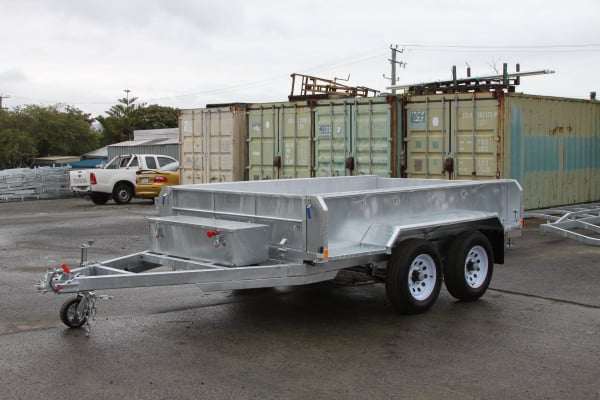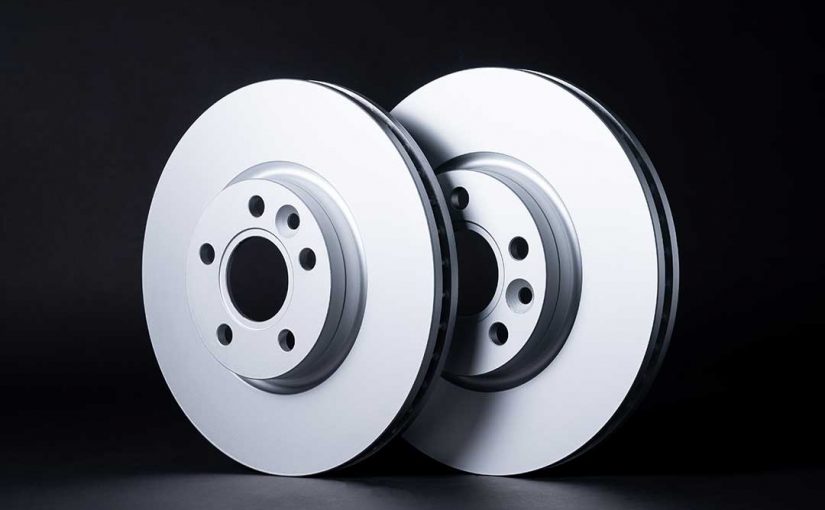In contemporary industry, efficiency and productivity are paramount. One of the key innovations contributing to these goals is the hydraulic tipper. These versatile machines have transformed various sectors by streamlining material handling processes, enhancing operational efficiency, and reducing labor costs. This article explores the numerous advantages of hydraulic tippers and their role in modern industrial applications.
Understanding Hydraulic Tippers
Hydraulic tippers are specialized vehicles equipped with a hydraulic system designed to tilt or lift their load bed to discharge materials. This mechanism allows for the efficient unloading of bulk materials, such as soil, gravel, or construction debris. By harnessing hydraulic power, these machines offer a significant improvement over traditional manual methods of material handling.
Enhanced Operational Efficiency
One of the primary benefits of hydraulic tippers is their ability to enhance operational efficiency. Traditional unloading methods often involve manual labor or complex mechanical systems that can be time-consuming and labor-intensive. Hydraulic tippers, by contrast, automate the unloading process, allowing operators to discharge materials quickly and with minimal effort. This increased efficiency translates into faster turnaround times, reduced operational delays, and a more streamlined workflow.
Time Savings
Hydraulic tippers significantly reduce the time required for unloading materials. The hydraulic mechanism can lift and tilt the load bed rapidly, enabling quick and efficient discharge. This time-saving capability is particularly advantageous in industries where prompt material handling is critical, such as construction and mining. By minimizing downtime associated with manual unloading, hydraulic tippers contribute to overall productivity improvements.
Reduced Labor Costs
The automation of the unloading process offered by hydraulic tippers leads to a reduction in labor costs. Operators can manage the unloading process with ease, often requiring fewer personnel to handle the same volume of materials. This reduction in manual labor not only lowers wage expenses but also mitigates the risk of labor-related issues, such as fatigue and injury.
Versatility and Adaptability
Hydraulic tippers are renowned for their versatility and adaptability, making them suitable for a wide range of industrial applications. They can handle various materials, including loose aggregates, construction debris, and agricultural products. This flexibility allows industries to use hydraulic tippers across different sectors, from construction and mining to agriculture and waste management.
Customization Options
Many hydraulic tippers come with customizable features that allow them to be tailored to specific industry needs. For instance, variations in load bed sizes, tipping angles, and hydraulic power can be adjusted based on the type of materials being handled and the operational requirements. This adaptability ensures that hydraulic tippers can be optimized for various tasks, enhancing their utility across diverse industrial contexts.
Improved Safety
Safety is a critical concern in industrial operations, and hydraulic tippers contribute to a safer working environment. The automated tipping mechanism reduces the need for manual handling of heavy materials, thereby decreasing the risk of injury. Additionally, hydraulic tippers are designed with safety features such as stability controls and overload protection, further enhancing their safety profile.
Durability and Maintenance
Hydraulic tippers are built to withstand the rigors of industrial use, offering durability and long-term performance. Constructed from robust materials and designed to handle heavy loads, these machines are capable of withstanding harsh working conditions. Regular maintenance and servicing of the hydraulic system ensure that hydraulic tippers remain in optimal working condition, extending their lifespan and reducing the likelihood of unexpected breakdowns.
Cost-Effective Investment
The durability and reliability of hydraulic tippers make them a cost-effective investment for businesses. While the initial purchase cost may be higher compared to traditional unloading methods, the long-term benefits of increased efficiency, reduced labor costs, and lower maintenance requirements outweigh the upfront expense. Hydraulic tippers offer a high return on investment by enhancing productivity and reducing operational costs over time.
Environmental Considerations
In addition to their operational benefits, hydraulic tippers also contribute to environmental sustainability. By improving efficiency and reducing the need for manual labor, these machines help minimize the carbon footprint associated with material handling processes. Furthermore, the ability to handle bulk materials efficiently reduces the frequency of transportation, further decreasing emissions and environmental impact.
Reduced Emissions
The efficient operation of hydraulic tippers reduces the need for additional vehicles and machinery, leading to lower overall emissions. By streamlining material handling and reducing the number of trips required for unloading, hydraulic tippers contribute to a more environmentally friendly operation.
Conclusion
Hydraulic tippers represent a significant advancement in modern industrial operations, offering numerous advantages that enhance efficiency, productivity, and safety. Their ability to automate the unloading process, combined with their versatility, durability, and cost-effectiveness, makes them an invaluable asset across various sectors. As industries continue to seek ways to optimize their operations, hydraulic tippers will remain a key component in achieving these goals and driving progress in material handling technology.





